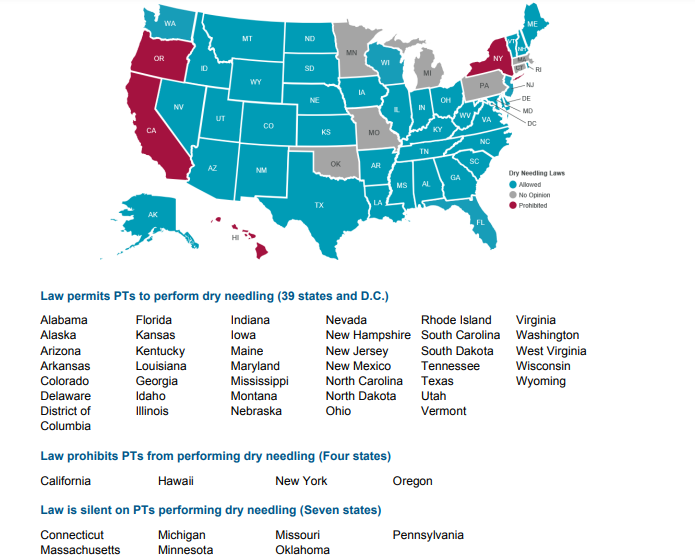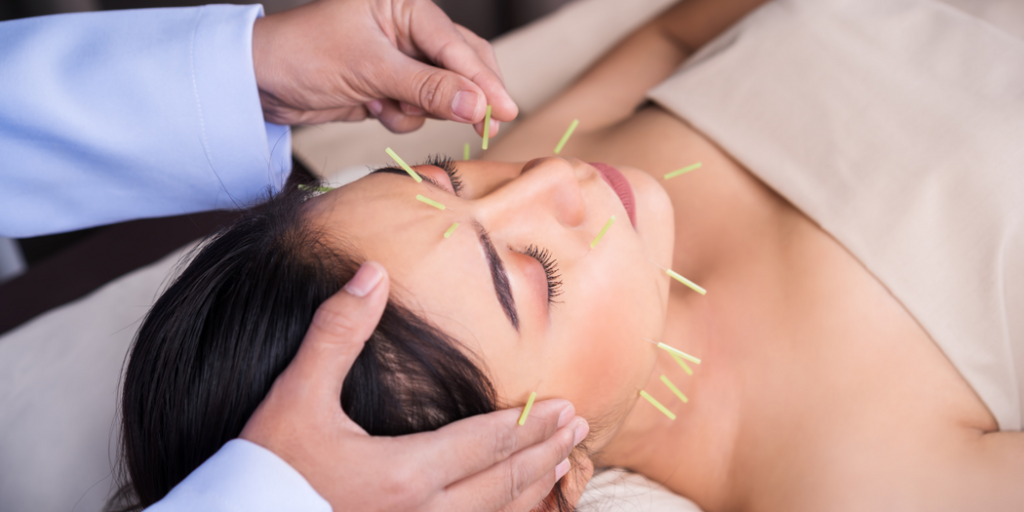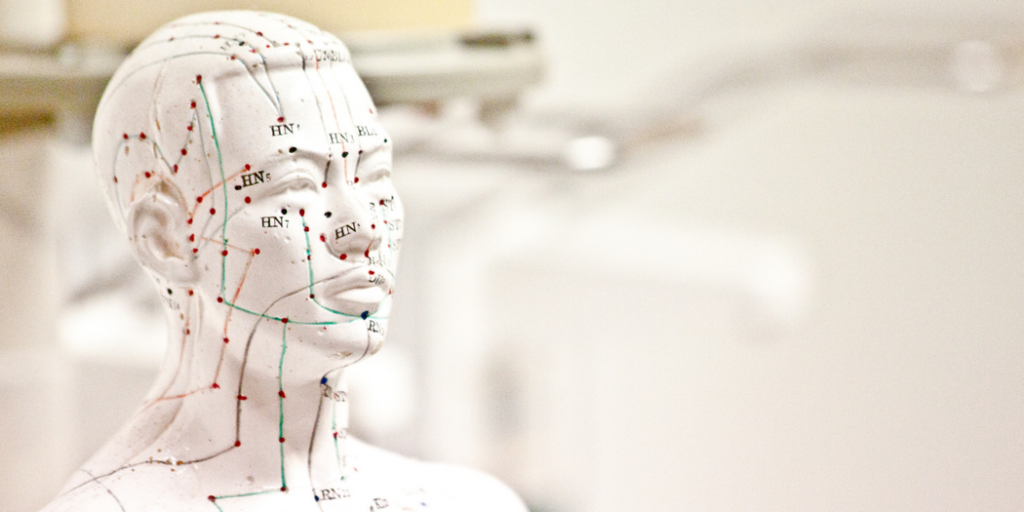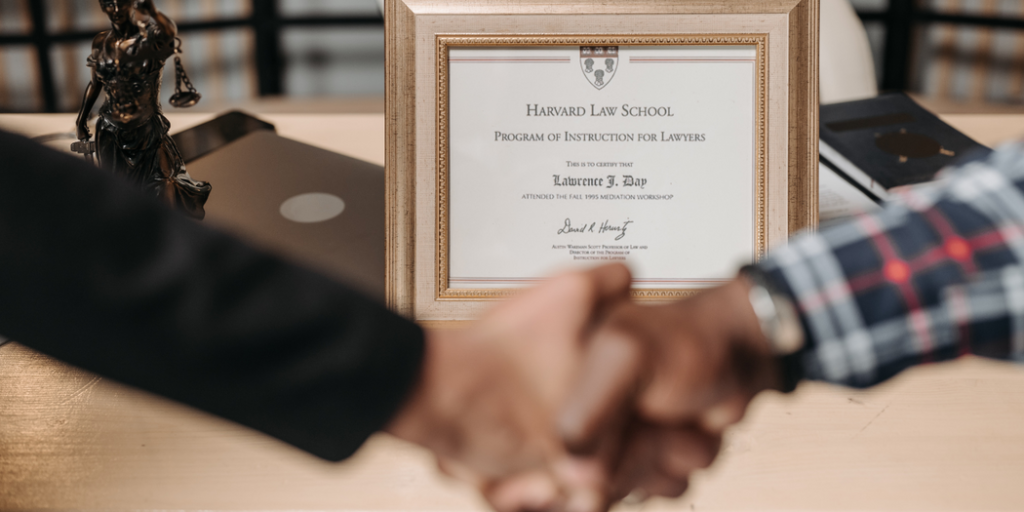Why Is Dry Needling Illegal in Certain Regions, and What Led to Legislative Restrictions on This Practice?
It makes sense that you may not be familiar with dry needling. This treatment is similar to acupuncture in that it can help with pain or mobility problems. Even though the method has been present for a long time worldwide, a large number of individuals in the United States benefit from it.
Despite these advantages, there is controversy around this procedure in the United areas, and in certain areas, it is even illegal. However, how is dry needling controlled and why is it prohibited? As it happens, there are plenty of variables at play.

- What is dry needling?
- what are the Benefits Of Dry Needling?
- what are Dry Needling adverse effects?
- does Dry Needling Illegal?
- Where is dry needling illegal?
- Who Can Perform Dry Needling?
- Step By Step Guide: Why Is Dry Needling Illegal?
- Dry Needling law of florida state
- What Is Acupuncture?
- What are the benefits of acupuncture?
- What are the side effects of acupuncture?
- Which Certifications Are Required to Practice Acupuncture?
- Dry Needling Vs. Acupuncture Cost Difference?
- Conclusion | Why Is Dry Needling Illegal?
- Frequently Asked Questions | FAQs
- Why Is Dry Needling Illegal?
- Is it illegal for physical therapists to practice “dry needling” in Florida?
- Why do physical therapists want to perform dry needling?
- Can physical therapists perform dry needling legally?
- How can consumers verify their physical therapist's qualifications?
- What should I consider when choosing between an acupuncturist and a physical therapist?
- Related Posts:
- Stephen K.
What is dry needling?
Several medical professionals employ dry needling as a pain management therapy. Thin needles are inserted into the skin next to or into “trigger points” of pain by medical professionals such as acupuncturists and physical therapists. These are the locations within your muscles where the pain is coming from, or they are next to it.
It doesn’t hurt as much as having your blood drawn since the needles are so tiny—you might not even feel them! However, the intention is to “decrease tightness, increase blood flow, and reduce local and referred pain” when they are positioned adjacent to these trigger sites.

In the end, there are two types of needling methods that may be applied to relieve pain. The reason why dry needling receives the name is that no medication is used during the procedure. Similar procedures include trigger point injections, in which painkillers are delivered directly into the muscles.
Considering these advantages, the practice is prohibited in several locations, but not for the reasons you may imagine.
what are the Benefits Of Dry Needling?
- Reduce pain (by evaluating the pain pressure threshold)
- Boost circulation Boost range of motion
- Boost the firing or activation of muscles
- Enhance performance
- Reduce dependence on opiates for pain relief

what are Dry Needling adverse effects?
- Bruising is more likely to occur in treated regions if the patient is using blood thinners.
- Pain in the treated muscles following a needling treatment may last for up to 48 hours. This is a result of the muscles’ biochemical reset, which usually goes away very fast when you move, such as when you walk, which increases blood flow and speeds up the body’s natural healing process.
- In the treated regions, skin discomfort or small red patches may be apparent. After therapy, this goes away fairly fast.
- A very tiny percentage of individuals may experience fainting as a result of a vaso-vagal reaction.
- Pneumothorax, or lung puncture, is extremely rare, and the danger is significantly lower when handled by a medical professional with the necessary training.
Even though the likelihood of these occurrences is extremely minimal, it is crucial that you select a healthcare professional with extensive training in dry needling and the anatomy, methodology, and application of the procedure.
It’s never appropriate for someone without training or a license to administer dry needling.
does Dry Needling Illegal?
Although dry needling is considered to be within the scope of practice for physical therapists by the American Physical Therapy Association (APTA), state laws, policies, and standards may vary. A number of states, including California, Hawaii, New York, Oregon, and Washington, ban or restrict physical therapists’ use of dry needling.
Reaching out to your local physical therapy or chiropractic clinic will give you the most up-to-date information and availability in your area.

Where is dry needling illegal?
In the United States, there are no states where dry needling is totally prohibited. But as of June 2023, dry-needling physical therapists will not be permitted to practice in California, New York, Oregon, or Hawaii, according to the American Physical Therapy Association.
There is no particular legislation pertaining to the practice in the following states: Connecticut, Massachusetts, Pennsylvania, Michigan, Missouri, Minnesota, and Oklahoma.
In states where dry needling is lawful, there are some restrictions in place. For instance, in order to practice physical therapy in Florida, one needs to meet specific requirements and possess specific licenses.
Who Can Perform Dry Needling?
States have differing requirements for training. A physical therapist must often complete continuing education courses in order to become certified to provide dry needling to patients.
Comparatively speaking, fewer hours of classroom and clinical training are needed to become an acupuncturist. Nonetheless, research will demonstrate that the degree of training and expertise in dry needling has no bearing on the unfavorable result rate—which is, once more, quite low.

Step By Step Guide: Why Is Dry Needling Illegal?
Certain physical therapists are legally able to treat their patient’s discomfort with dry needling. However, in certain places, such as New York, it is regarded as a component of acupuncture.
Because of this, in order to do dry needling, you must hold a particular acupuncture license. Since acupuncture and physical therapy have different licensing requirements in the United States, many physical therapists who wish to provide dry needling to their patients must also get an acupuncture license.

Regarding dry needling, acupuncturists, and physical therapists have long differed. Acupuncturists claim that dry needling is comparable to, if not the same as, acupuncture.
Traditional Eastern medicine, or acupuncture, is regulated in the United States and necessitates certain licenses. But physical therapists see it as a type of Western medicine that doesn’t need the same certifications.
Acupuncturist Neal Miller, “Dry needling is acupuncture and physical therapists are practicing it without a license and putting patients at risk.” “Dry needling uses trigger points, 90 percent of which are acupuncture points.” According to him, beginning dry needling requires “little or no extra training” for physical therapists.
However, despite the parallels between dry needling and acupuncture, physical therapist and dry needling proponent Jan Dommerholt notes that there are also significant distinctions to take into consideration. “My knowledge of energy flow is zero. As a physical therapist, that’s not what I do,” he told Healthline. “I come from a motion-of-movement and pain perspective.”
Dry Needling law of florida state
A Florida Administrative Law Judge, Lawrence P. Stevenson, issued an order on Monday, January 28, 2019, denying a proposed rule by the Florida Board of Physical Therapy that would have established minimum requirements for physical therapists using dry needling.
Since the plan “would expand the scope of physical therapy practice, not merely establish a standard of practice,” Stevenson claimed that it went beyond the Board of Physical Therapy’s “grant of rule-making authority.”

According to Stevenson, “because dry needling involves the insertion of acupuncture needles” into particular body parts, it satisfies the legal definition of acupuncture in Florida.
He pointed out that acupuncture is normally prohibited by law for physical therapists, with the exception of situations in which “no penetration of the skin occurs.”
What Is Acupuncture?
Traditional Chinese medicine is the source of acupuncture as it is commonly practiced today. It is a more comprehensive medical strategy for managing pain and other illnesses. The method uses an integrated concept that takes into account how the body is impacted by the organ systems and energy fields associated with Eastern Medicine’s meridians, in addition to the musculoskeletal system and movement.
The acupuncturist will frequently speak of the procedure as releasing things like chi, or the flow of energy.
What distinguishes an acupuncturist from an MSK Specialist (PT, CHIRO) in terms of dry needling, and which method is best for you?
There are a few things to think about when you ask yourself this question, such as:
- Do I believe that I have a musculoskeletal injury causing my symptoms?
- Do I believe my body has a systemic problem in addition to an MSK problem that may benefit from both treatments?
- What Are Dry Needling’s Benefits and Drawbacks?
Recent reports of helpful patient results with dry needling therapy have led to a sharp rise in the amount of physical therapy research being conducted.
What are the benefits of acupuncture?
At its core, acupuncture has always held the concept that disease originates from an interrupted or obstructed QI Trusted Source. Your body receives healing energy from QI. The goal of acupuncture is to clear these obstructions and restore equilibrium to your energy flow.
It is thought that placing needles stimulates the nerve system in the more recent practice of Western medical acupunctureTrusted Source. Further studies are being conducted to learn more about the possible effects of acupuncture, including:
- Reduction of inflammation
- Boosting blood flow
- Increase endorphins to be release to reduce pain

Acupuncture is used to treat hundreds of conditions and symptoms, including:
- Soreness,
- Nausea,
- Vomiting,
- Headache,
- Cramping during menstruation,
- Allergens
What are the side effects of acupuncture?
Side effects and dangers are extremely uncommon if administered by a registered and skilled acupuncturist. On rare occasions, a person could encounter:
- Injection site discomfort
- Bleeding
- Bruises
Additionally, using non-sterile needles may cause problems for certain people.

Which Certifications Are Required to Practice Acupuncture?
It takes a long time to become an acupuncturist via training. State-by-state regulations differ, but frequently a certification from an approved institution is required, along with a significant amount of classroom and clinical training hours. The American Institute of Alternative Medicine states that being certified might take up to three years.

Dry Needling Vs. Acupuncture Cost Difference?
Acupuncture will cost you around $150–$100 for the first appointment and $75 for each additional visit.
The cost of dry needling may vary depending on other services you are receiving at the same time. For example, your insurance may cover physical therapy procedures for your shoulder discomfort, but it will not cover the component of the appointment that involves dry needling, so you would have to pay for it.
Depending on details and time, this might cost anywhere from $20 to $75.

Conclusion | Why Is Dry Needling Illegal?
Regarding the scope of practice, patient safety, and access to care, the current discussion surrounding dry needling captures more general problems. As the discussion progresses, it becomes evident that further investigation and communication between legislators, patients, and healthcare providers will be essential for navigating this complicated terrain.
As always, it’s essential to verify the current legal status of dry needling from reliable sources before finalizing your article, as specifics may have changed since the last update.
Frequently Asked Questions | FAQs
Why Is Dry Needling Illegal?
Dry needling targets trigger points, hyper-irritable knots, or bands of muscle fiber that can cause localized pain when stimulated.
Is it illegal for physical therapists to practice “dry needling” in Florida?
No, physical therapists in the US are allowed to practice acupuncture or dry needling in Florida.
Why do physical therapists want to perform dry needling?
To directly address the myofascial and neuromuscular components of conditions. It expands their therapeutic toolbox for managing complex chronic pain.
Can physical therapists perform dry needling legally?
Yes, The legality of dry needling depends on state law. Currently, 17 states expressly permit it, and 6 prohibit it. Postgraduate training may be required for legal protection.
How can consumers verify their physical therapist’s qualifications?
Ask questions about training, certification, and experience with any therapeutic technique or procedure.
What should I consider when choosing between an acupuncturist and a physical therapist?
Think about your own situation and objectives. Physical therapists provide a variety of treatments, whereas acupuncturists specialize in needling.
Related Posts:
- Where To Buy Amazon Mystery Box | Unlock Surprise 2024
- A Guide To Secretly Decoy Apps For Android | Decoy Mastery 2024
- How To Change Residential Address On Amazon | Simplified Steps 2024
- How To Change Your Phone Number On Android | In-depth Guide 2024






